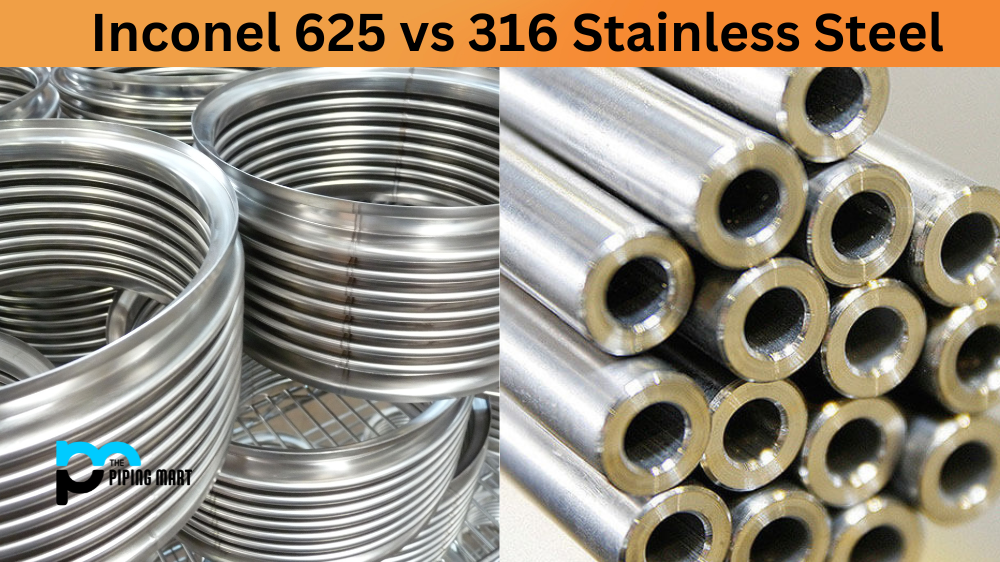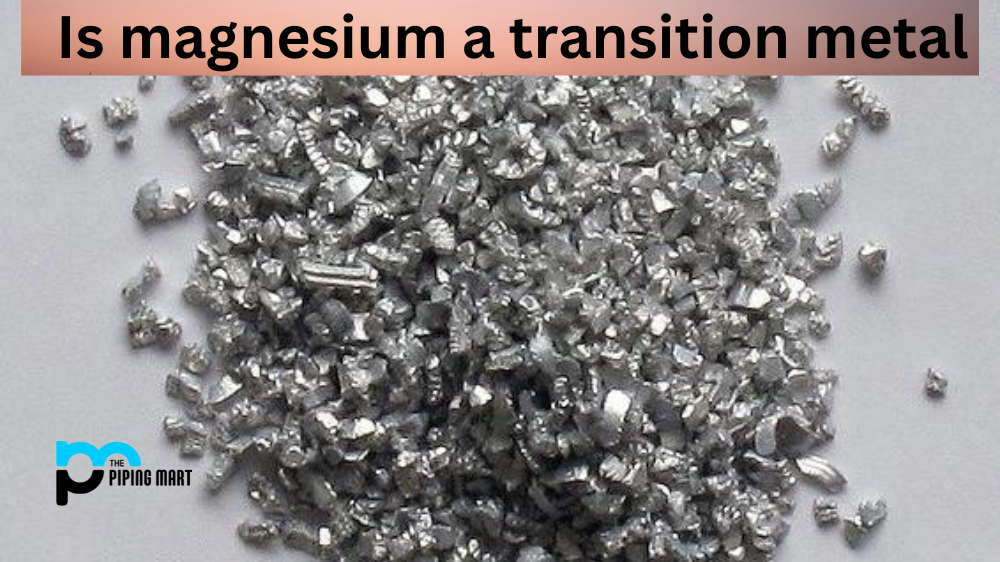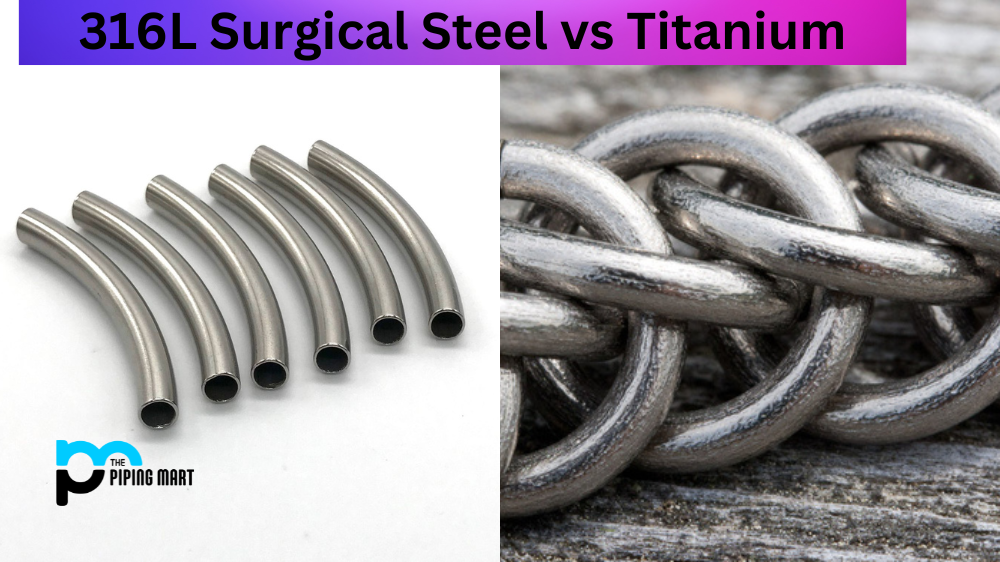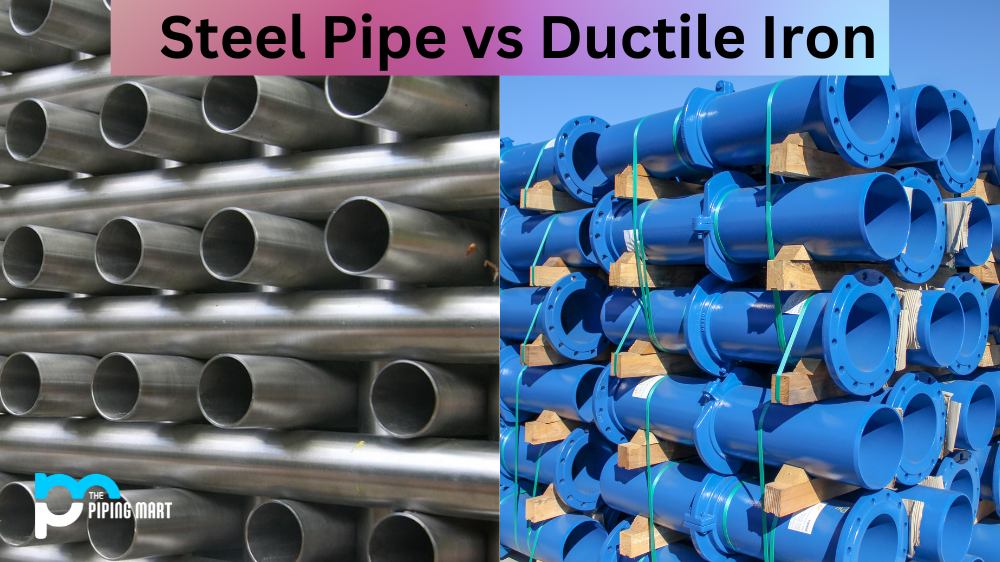When it comes to choosing the right material for a project, mechanical engineers and metal fabricators have many options. Two materials that are often compared are Inconel 625 and 316 stainless steel. Both of these metals offer great properties, but depending on the application, one may be more suitable than the other. Let’s take a closer look at these two materials so you can decide which is best for your project.
Inconel 625 Properties
Inconel 625 is a nickel-based superalloy with excellent corrosion resistance in both high-temperature and low-temperature environments. It has excellent strength over a wide range of temperatures, from cryogenic up to 2200°F (1000°C). It also has good oxidation resistance, making it ideal for applications that require high temperatures or corrosive environments. Inconel 625 is also nonmagnetic and has good machinability properties.
316 Stainless Steel Properties
316 stainless steel is an austenitic stainless steel alloy with a higher molybdenum content than other austenitic stainless steels, such as 304 stainless steel. This increased molybdenum content gives 316 stainless steel better corrosion resistance against chloride ion solutions, such as seawater, than most other stainless steel. This makes it ideal for applications in salt water or in chemical processing plants where chloride ions are present. Additionally, 316 stainless steel has good formability properties and welding capability when using fusion welds or TIG welding processes.
Difference Between Inconel 625 and 316 Stainless Steel
Inconel 625
Inconel 625 is a nickel-chromium-molybdenum alloy with an addition of niobium. This provides the alloy with enhanced strength and corrosion resistance. The alloy is resistant to a variety of corrosive environments, including those containing chlorides, sulphuric and hydrochloric acids. It also has good resistance to pitting and crevice corrosion.
316 Stainless Steel
316 stainless steel is an austenitic chromium-nickel alloy with an addition of molybdenum. This provides the alloy with enhanced corrosion resistance, particularly against pitting and crevice corrosion. The alloy is also resistant to chloride stress corrosion cracking and has good resistance to intergranular corrosion.
Composition
The main difference between Inconel 625 and 316 stainless steel is their composition. Inconel 625 contains nickel, chromium, molybdenum, niobium, and iron, while 316 stainless steel contains chromium, nickel, molybdenum, and iron. This gives Inconel 625 better strength and corrosion resistance than 316 stainless steel.
Applications
Inconel 625 is typically used in chemical processing, aerospace engineering, marine engineering, and power generation, while 316 stainless steel is used in food processing, medical devices, and architectural applications.
Cost
Inconel 625 is more expensive than 316 stainless steel due to its higher nickel content.
Conclusion:
When comparing Inconel 625 vs 316 Stainless Steel, there are many pros and cons to consider before deciding which material is best for your project. Inconel 625 offers superior corrosion resistance capabilities while having good formability properties and machinability properties; however, it does cost more than 316 stainless steel due to the higher nickel content in its alloy composition. On the other hand, 316 stainless steel offers good corrosion resistance at an affordable price point; however, it does not have superior strength over a wide range of temperatures when compared to Inconel 625 alloys. Ultimately, the choice between Inconel 625 vs 316 Stainless Steel will come down to what type of environment your product will be exposed to and how important formability or machinability factors into your design process. With this information in mind, you can make an informed decision on which material will best suit your needs!

Abhishek is a seasoned blogger and industry expert, sharing his insights and knowledge on various topics. With his research, Abhishek offers valuable insights and tips for professionals and enthusiasts. Follow him for expert advice on the latest trends and developments in the metal industry.




